The following tables show standard dimensions for keys and their grooves.
Search in blog
Blog categories
Latest posts
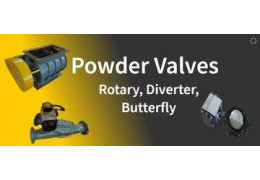
Motor Direction
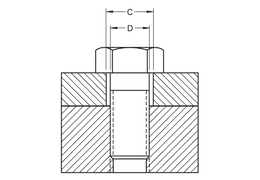
Clearance hole chart for inch bolts and screws according to ASME B18.2.8

One of the earliest forms of comparison. The pigment/binder ratio is the weight ratio of the sum of the pigments...
Popular posts




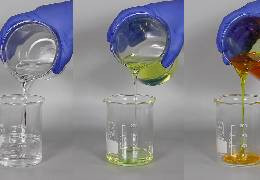
Featured posts
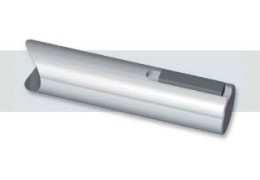




Blog tags
Photo gallery
No featured images
Archived posts
Top authors
JACKETED TANKS AND THERMAL SHOCK
JACKETED TANKS AND THERMAL SHOCK
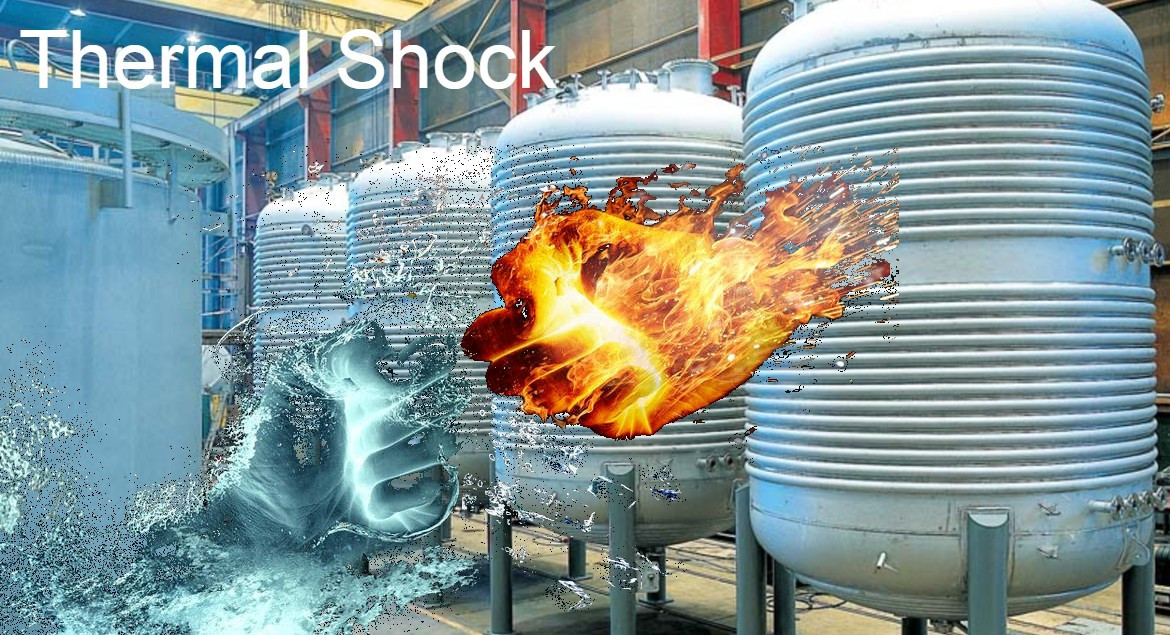
Jacketed tanks/reactors are commonplace in the chemical industry. Many batch operations in the chemical industry require both heating and cooling at different times in the process. Rapid changes in temperature of the heat transfer media can thermally shock the equipment. Typically, thermal shock is defined as changing the cooling or heating media at the jacket inlet more than 25 F per minute. Thermal shock can be avoided by tempering the heat transfer media and providing proper venting. Tempering is easiest achieved when a common heat transfer media is used for both heating and cooling. A Temperature Control Unit (TCU) can be used to adjust the temperature of the heat transfer media at a rate that does not pose the risk of thermal shock. While TCUs are the simplest means of controlling temperature and protecting equipment many companies still insist on using different media for heating and cooling. Many times this includes steam heat and water cooling. If this MUST be done some minimum precautions should be taken.
1. HEATING to COOLING:
When changing from steam heating to cooling water one of the following procedures should be followed:
A. Forced Tempering
Vent steam out of jacket and drain condensate. Allow jacket cool down naturally or use compressed air to blow-down the jacket from top to bottom to achieve correct temperatures. Close vents and slowly introduce hot water at the correct temperature to the jacket. Increase flow rate to process conditions and decrease water temperature at a rate of less than 25 F per minute.
B. Natural Tempering
Vent steam out of jackets and completely drain all condensate. Allow the jacket to cool down naturally to the correct temperature. Close vents and introduce cooling water.
2. COOLING to HEATING:
When changing from cooling water to steam heating one of the following procedures should be followed:
A. Forced Tempering
Raise circulating water temperature in the jacket at a rate of less than 25 F per minute until desired steam temperature is reached. Vent jackets and completely drain out water. Close vents and slowly introduce steam into the jacket.
B. Natural Tempering
Vent and drain water out of jackets. Let the jacket warm up naturally to the correct temperature. Slowly introduce steam into jackets at reduced pressure and/or flow rate (temperature) until the desired steam temperature is reached. As with any manual process, there are risks associated with this.
Latest posts

The following tables show standard dimensions for keys and their grooves.

Motor Direction

Clearance hole chart for inch bolts and screws according to ASME B18.2.8

One of the earliest forms of comparison. The pigment/binder ratio is the weight ratio of the sum of the pigments...
Popular posts




Related products
Leave a comment
Related posts
 What to consider when moving to an Inverter
What to consider when moving to an Inverter
 Dual-Axis Centrifugal Mixer - A Better Mix
Dual-Axis Centrifugal Mixer - A Better Mix
 Disperser Blade Mounting
Disperser Blade Mounting
 Tank Cleaning Equipment Choices
Tank Cleaning Equipment Choices
 DISPERSER CONFIGURATION
DISPERSER CONFIGURATION



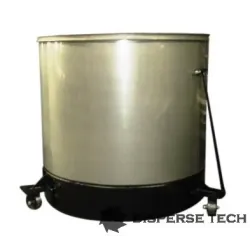
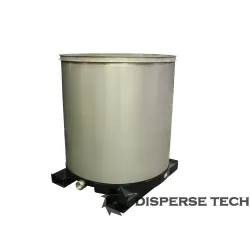
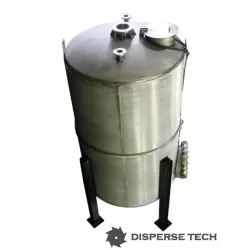
Latest comments